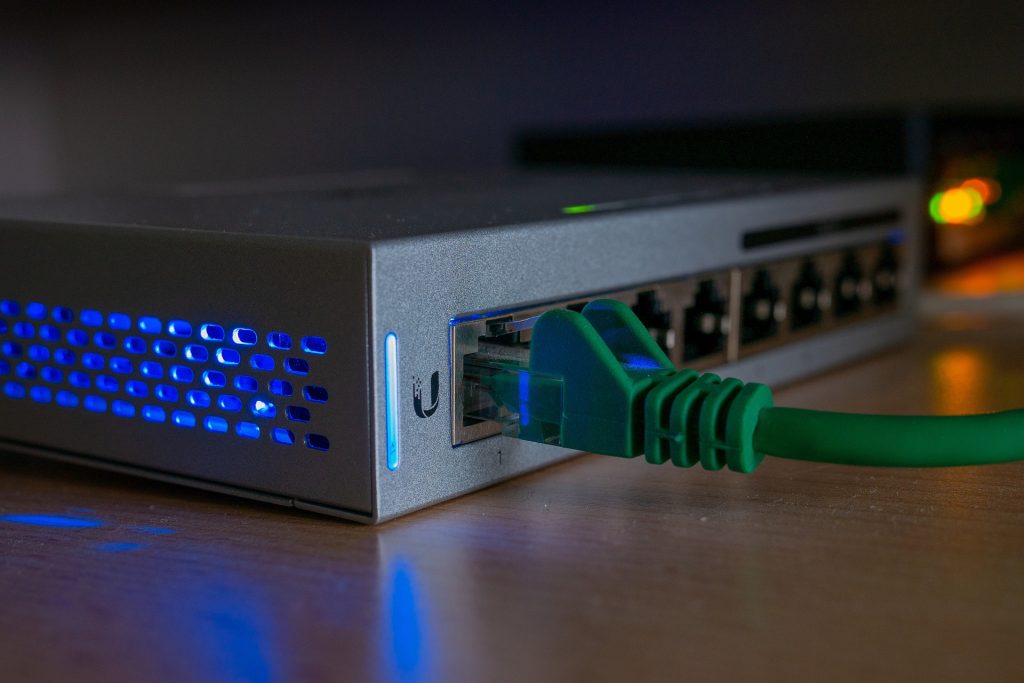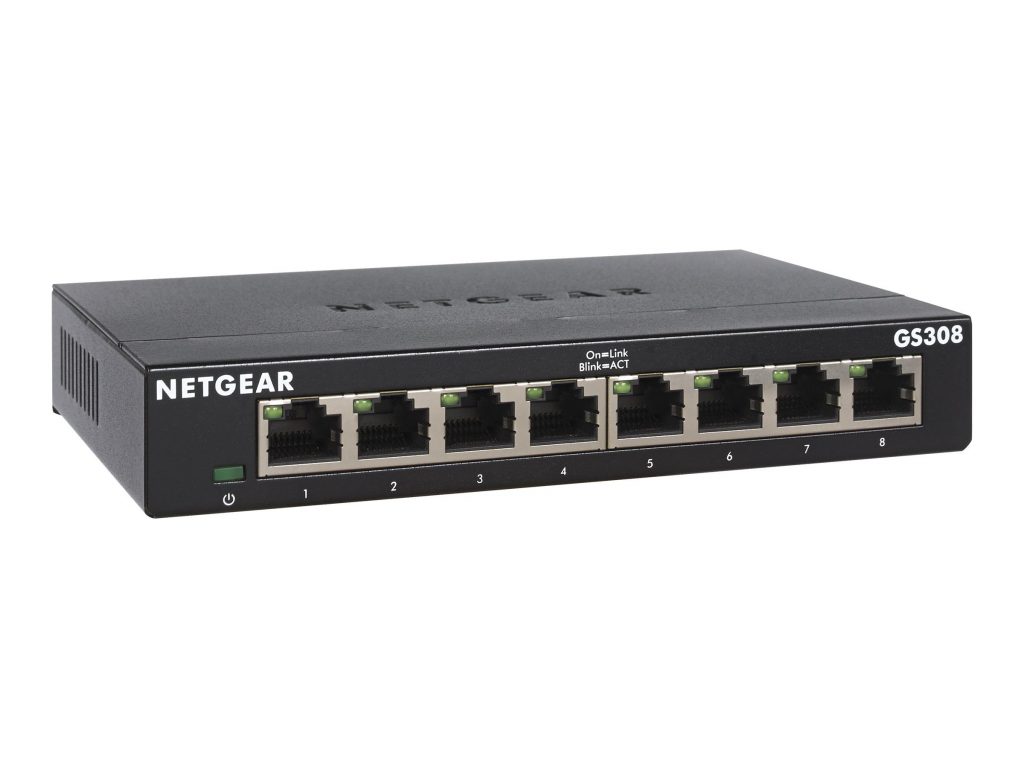The number of internet-capable devices is increasing with the speed of light. Therefore, many people are eager to expand their LAN ports. Even though a wireless network can do the job and take care of many devices, a wired connection is still people’s first choice for computers, gaming consoles, smart TVs, and IoT devices.
The switch is one of the most crucial network devices, and if you are unsure of how exactly it operates, our article is a perfect place to learn the answer. We will elaborate on how does a switch work, the different types, the most important features, and the gadget’s value in today’s modern world. Hopefully, by the end, things will become much clearer.

How Does a Switch Work
A switch provides full-duplex communication and connects network segments by offering valuable network performance data and effective bandwidth use. As a network’s most crucial building block, switches can connect multiple devices like printers and computers with servers within the same network.
The device works by allowing the connected devices to communicate with each other and easily share information. Contrary to routers, switches only send data to a particular device with a full-on intention.
Let’s elaborate a little more in-depth on how does a switch work.
Working process
When a device is connected to a switch, the first things identified are the MAC or Media Access Control address and the NIC interface card – the code implemented in the device’s network.
The device uses the MAC address to recognize which attached equipment is sending outgoing packets together with the delivery location. The MAC address does not change because it falls into the category of physical devices. Compared to network layer IP addresses that can be changed multiple times over a certain period.
When one device sends a package to another, the switch is basically the middleman that determines what to do with it based on the header. The device coordinates the destination address and forwards packets through the eligible ports.
Most switches on the market offer a full-duplex functionality that provides the devices sending out packets full access to the bandwidth or the connection. This also reduces the chance of collision between network trafficking. Imagine two people talking on a phone and not a walkie-talkie.
Switches can operate on Layer 2 and Layer 3, which is crucial for supporting virtual LANs.

Different Types of Switches
Depending on the required network speed or bandwidth and how many devices you need to connect in a specific area, switches can be of different sizes. A switch with four or eight ports is usually enough for a small home office. But, larger deployments typically need around 128 ports.
A smaller switch is a gadget that can easily fit on a desktop, but the larger ones are rack-mountable and are commonly placed in a closet, server farm, or data center. These gadgets range from 1U to 4U. Despite the size, switches can also be different in speed. You can purchase Fast Ethernet, Gigabit Ethernet, and 10 Gigabit Ethernet.
When it comes to capabilities and what the switch can do, there are three different types:
Unmanaged
These switches are one of the most basic types and provide a fixed configuration. Generally working as a plug-and-play gadget, unmanaged devices offer only a few options the user can customize. An unmanaged switch has default settings and a quality of service that cannot be substituted. The downside is that the unmanaged switches lack features and are unsuitable for most enterprises despite their low price.
Managed
More suitable for IT professionals by offering more features and overall functionality, the managed switches are often used in businesses or enterprise settings. These gadgets have CLI, and command-line interfaces, allowing users to configure them easily. Plus, they support simple network management protocols, SNMP, and agents that propose information that can be used for networking problems.
In addition, the managed switches support IP routing, QoS – the quality of service – and virtual LANs. The security level is much higher and protects all types of trafficking.
Intelligent (smart) switches
The intelligent switches are just managed switches with some extra features. They are one of the most sophisticated types and are also much cheaper than a fully managed switch. However, smart gadgets do not offer as many VLAN options and lack the support for telnet access. Because of their price, these accessories can be a great addition to smaller companies.
Read More: How to Fix a Strict NAT Type
Management Features
The features of the switch, together with the functionalities and the added software, can vary between manufacturers. Typically, a network switch allows people to:
- Enable and disable specific ports on the gadget itself.
- Configure the bandwidth together with the settings for the duplex, whether that is half or full.
- Set the levels for QoS (Quality of Service) of a specific port.
- Enable access control features such as MAC filtering.
- Set up SNMP monitoring of devices.
- Monit network traffic and configure port mirroring.
Value of the Network Switch
Because of their capabilities to further enable wireless connectivity and support the Internet of Things devices, switches are still important in today’s modern enterprise. The growing use of industrial IoT devices, sensors, and machinery contributes to the importance of switching technology.
The most modern switch designs include PoE, or Power over Ethernet, technology that can offer 100w of power for supporting network-connected accessories. What this does is it allows companies to deploy devices in areas where there is a second power outlet required. For instance, outdoor lighting, security cameras, temperature sensors, and more. The data from IoT devices can be transmitted and collected by a switch and later applied to a machine-learning algorithm.
Also Read: How to Control Devices Connected to Your WiFi
Conclusion
After finishing our article, we are confident that you are fully aware of how does a switch work and what exactly the device can be used for. We also explained the three different types of switches depending on their abilities.
A switch can effectively and quickly transfer a packet from device A to Device B whether there is a hallway between them or half of the planet. Therefore, the gadget is still one of the crucial parts of networking architecture.